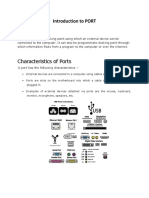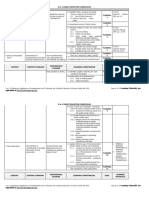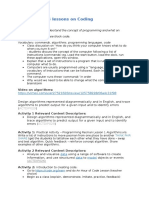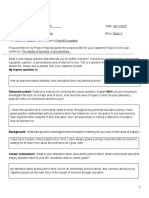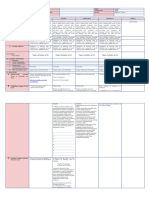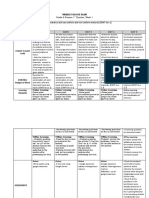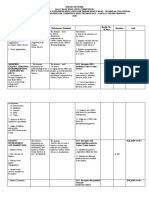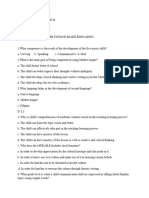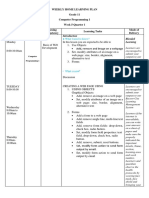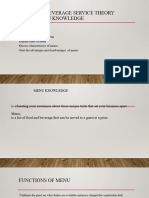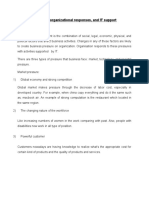0% found this document useful (0 votes)
226 views17 pagesGrade 7 Fundamentals-Of-Programming.
Uploaded by
Michael Jan Calderon LansañganCopyright
© © All Rights Reserved
We take content rights seriously. If you suspect this is your content, claim it here.
Available Formats
Download as PPTX, PDF, TXT or read online on Scribd
0% found this document useful (0 votes)
226 views17 pagesGrade 7 Fundamentals-Of-Programming.
Uploaded by
Michael Jan Calderon LansañganCopyright
© © All Rights Reserved
We take content rights seriously. If you suspect this is your content, claim it here.
Available Formats
Download as PPTX, PDF, TXT or read online on Scribd
/ 17



